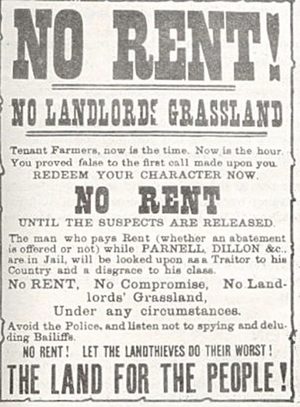Search Results for 'Chief Secretary for Ireland'
3 results found.
Was James Hack Tuke the Oskar Shindler of his day?
A surprising rescuer of the Tuke assisted emigration scheme from the west of Ireland came from the London government. After the first group of 1,315 people had sailed from Galway for America on April 28 1882, the Tukes’ emigration fund was practically exhausted. Yet the demand for places grew each day. Now more than 6,000 applications, mainly from the Clifden area, but also from Belmullet, Newport and Oughterard, poured into the Clifden union where James Hack Tuke had his office. While poverty and famine remained endemic in the west of Ireland, people with spirit must have felt that the day-to-day grind was never ending. The threat of another Great Famine was very real. They wanted a new life.
The gathering storm

The threat of another famine in 1879, within living memory of the horror and catastrophe of the Great Famine some 29 years earlier, brought renewed terror to the vulnerable tenant farmers in the west of Ireland. This time it was not just the humble potato, but severe weather conditions which devastated crops and feed stuffs over a three year period. Farm incomes dropped dramatically, landlords fussed that rents would not be paid. Whereas some landlords were patient, others warned that evictions would follow if rents were not paid on time.
The Land War: A desperate duel between Parnell and Forster

The continued unrest, murders, and large-scale protests as the Land War careered dangerously through the Irish countryside, led at last to some reform. William Gladstone’s Second Land Act of 1881 proposed broad concessions to the tenant farmer. But Parnell, the very effective leader of the Irish Parliamentary Party, was not satisfied. He said that tenants were still vulnerable to rent arrears and poverty resulting from poor harvests. He urged that the Act either accommodate these concerns, or be rejected.

